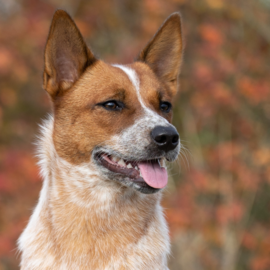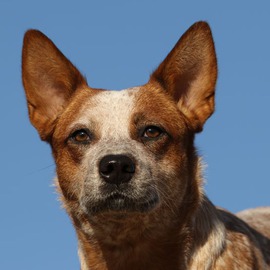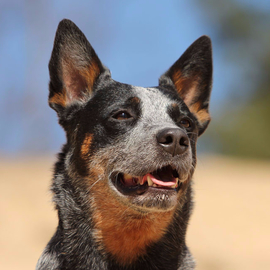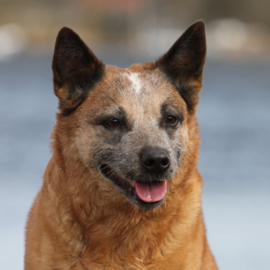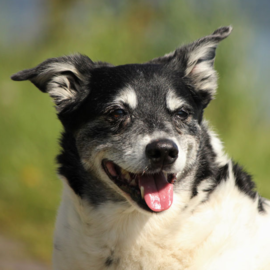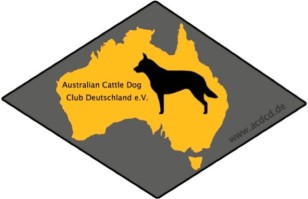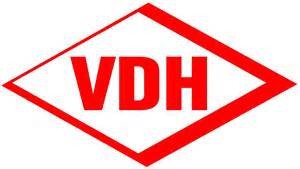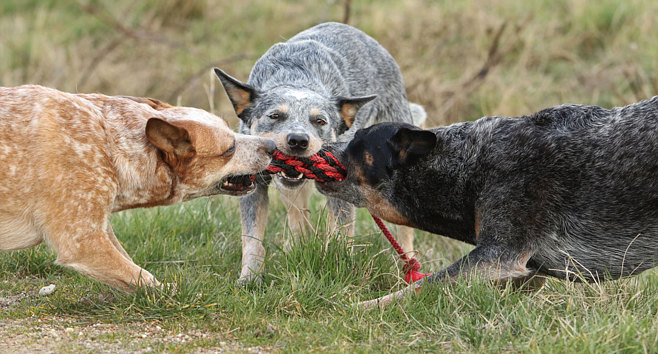
Hunde
Wer Australian Cattle Dogs verstehen will, muss ihre Geschichte kennen: Sie waren es, die für die Farmer vor hundert Jahren die Rinderherden zig Kilometer durchs Outback trieben, verlorene Rinder wieder einfingen und dazu die Farm bewachten. Es wird davon ausgegangen, dass dafür von den Siedlern mitgebrachte Hüterassen mit dem einheimischen Wildhund Dingo und dem Arbeitshund Kelpie gekreuzt wurden.
Wenn man sich also klar macht, wofür diese Rasse urpsprünglich gezüchtet wurde, kommt man schnell auf typische Cattle Dog Eigenschaften: Die Rasse ist sehr intelligent, ausdauernd und widerstandsfähig, hat einen enormen Bewegungs- und Arbeitsdrang und durchaus auch einen gewissen Schutztrieb. Cattle Dogs brauchen eine klare, konsequente und gerechte Führung. Für ihr Rudel und vor allem den Rudelchef gehen sie durch dick und dünn.
Für wen also ist ein Cattle Dog die richtige Hunderasse? Für jeden, der gewillt ist, sich intensiv mit ihm zu beschäftigen und sich auf ihn einzulassen - ihn als Partner auf vier Pfoten anzuerkennen und zu schätzen.
Zuchthündinnen
Zuchtrente
Regenbogenbrücke
For understanding cattledogs, you need to know the breed´s history: cattledogs were the ones who drove the cattle herds miles and miles through the Australian outback, who found and brought back lost cattle and protected the farms. It is believed that common british herding hounds were mixed with the Australian Dingo and Kelpie creating this new dog breed.
Remembering what this breed was initially needed for, you instantly know about its features and traits: The breed is very intelligent, highly energetic and tough, needs to be exercised a lot and has some kind of protecting instinct. Cattle Dogs need a clear, consistent and just leader. They would do anything for their pack.
So which humans would match with this breed? People who are willing to spend time with their dog, to fulfill his needs and to recognize him as a partner.
